How to deal with caterpillars on cabbage, how to treat heads of cabbage from slugs?
Delicious juicy cabbage is loved not only by hostesses, but also by numerous pests. The crop has a sprayer every season, because many want to feast on it. Caterpillars and slugs are especially active in harming cabbage. These pests eat leaves, bite into heads of cabbage and heads. How can you process cabbage from slugs and caterpillars so as not to lose the crop? Experienced gardeners have in their arsenal many proven ways to help get rid of parasites.
Protection against slugs and snails
Ground slugs and snails are nocturnal and can cause significant damage to crops. These polyphagous pests damage the aerial part and roots, eat up the leaves, leaving silvery traces of mucus on them.
Pests belong to the class of gastropods. Snails have a shell, slugs do not. Terrestrial molluscs live only in humid conditions. Since cabbage is always watered abundantly, the bed becomes easily accessible to soft-bodied gluttons, who easily get to plants through moist soil. Pests are especially active in rainy weather.
In addition to cabbage, snails and slugs can eat salad, parts of root crops protruding from the soil, seedlings, legumes, strawberries, cucumbers and tomatoes. Pests bypass red cabbage because of its hard leaves, preferring white cabbage and cauliflower.
Control measures
Slugs and snails play an important role in ecosystems, so it's best not to destroy them, but just keep them under control. Insectivorous animals willingly eat mollusks: hedgehogs, moles, shrews. Some birds will help to save the harvest: chickens, ducks, starlings, rooks and jackdaws. Slugs feed on lizards, snakes, some toads and frogs.
In the south of the country, in addition to slugs, the grape snail actively harms. It is not found north of the Leningrad Region. This gastropod is edible and even considered a delicacy. The Helicella snail looks like it, the size of which does not exceed a hazelnut. In cold years, Helicella is bred in huge quantities, especially willingly populating greenhouses and hotbeds.
Gastropods move slowly and cannot cover a long distance during the night, therefore they do not live in clean areas. To preserve vegetables, it is enough to remove heaps of harvested vegetation and thickets of weeds. If there are no damp and damp places on the site, the mollusks will bypass it.
Advice
Gastropods cannot stand the smell of garlic, lavender, sage, and bay leaves. Experienced gardeners know that cauliflower - a favorite delicacy of shellfish - after spraying with a decoction of garlic, remains safe and sound, however, until the first rain.
Now on sale there are devices for catching snails: adhesive tapes, industrial traps. Gardeners make homemade traps from containers of beer dug into the ground up to the neck.
What if biological and agronomic methods do not help? It is possible to protect vegetables with the help of preparations based on metaldehyde, for example "Thunder" (consumption of 30 g per 10 m2), or water the soil with Iskra.
Professional advice
Oktyabrina and Alexander Ganichkin recommend fighting slugs on cabbage with folk remedies, making a composition of wood ash, ground pepper (black or red) and dry mustard.
A tablespoon of table salt and the same amount of pepper and mustard are added to a half-liter jar of wood ash.On a hot sunny day, the mixture is poured into the soil between the rows of cabbage and immediately passes through the garden bed with a hand weeder, loosening the soil to a depth of at least 3 cm. The slugs and snails hidden in the ground appear on the surface and die in the sun.
In the evening, a second treatment is done, for which the same ingredients are taken, with the exception of salt. Cabbage leaves are pollinated with an ash mixture, sifting it through a sieve or gauze bag.
How to get rid of caterpillars?
The caterpillars gnaw at the leaves and make moves in the heads of cabbage. Caterpillars of the following butterflies can live on cabbage:
- cabbage whites;
- turnip whites;
- cabbage scoop.
It is not difficult to deal with caterpillars on cabbage, the main thing is to spray on time with effective affinity.
Cabbage white
Belyanka (cabbage) is a well-known white butterfly with black specks on its wings. In early summer, she makes clutches on the underside of cabbage leaves. In the middle lane, the butterfly manages to breed the second generation, which appears in September. The second generation of caterpillars is especially dangerous as it is more numerous than the first.
Caterpillars of the cabbage whitebird reach a length of 3.5 cm. They are green with yellow stripes, covered with black hairs and dots. In addition to cabbage, white hare larvae can eat other cruciferous plants, including wild weeds (shepherd's purse, field cabbage).
Cabbage is a dangerous pest that can leave "horns and legs" from a plant. They begin to fight with it, having noticed the first butterflies. At this time, you can spray the vegetables with some kind of deterrent solution with a pungent smell. The most effective is the wormwood infusion, which is easy to prepare.
- Wormwood needs to be crushed.
- Boil for 10 minutes in a little water.
- Dilute the working solution with clean water in a 1: 1 ratio.
- Spray on plants, repeat once a week and after every rain.
Unlike the scoop that lives inside the head of cabbage, the cabbage larvae live on the outer leaves, so it is quite easy to get rid of them. If the caterpillars on the cabbage have already hatched, they can be collected by hand and put into a container with water, adding any detergent. From "chemistry" drugs "Kinmiks", "Sumi-alpha" help.
Advice
If you cover a bed of cabbage with a fine mesh through which butterflies cannot penetrate, the plants will survive, even if they are not sprayed with anything.
Turnip white
The turnip white butterfly is similar to the cabbage butterfly, but much smaller. It flies in hot, dry weather, laying eggs on the leaves of cruciferous plants. Unlike cabbage, who prefer white cabbage varieties, turnip whites are happy to eat other types of cabbage, including kohlrabi. The hatched caterpillars crawl inside the head of cabbage and live there, remaining invisible.
Fight the white turnip can be done in the same ways as with cabbage. If it was not possible to scare away butterflies with the help of a decoction of wormwood, you will have to treat cabbage from caterpillars with chemicals. The most effective against turnip whites are "Fufanon", "Actellik".
There is an interesting and completely safe for humans and beneficial insects method of dealing with caterpillars - sprinkle cabbage with a mixture of flour and baking soda, sifting the powder over the heads of cabbage from a sieve. Having tasted the dusty leaves, the caterpillars will die.
Scoops
The scoop is a gray moth. Like the whiteworm, the scoop lays eggs on the underside of the leaf blades. Green caterpillars emerge from the eggs, leaving a dark green discharge on the leaves. The moth caterpillars are small, often settle inside the head of cabbage, so they are difficult to find. The fight against the scoop is hampered by the pest's nocturnal lifestyle.
The length of the caterpillars of the older-instar scoop is up to 5 cm. The larvae develop for about 2 months. All this time, they actively feed, managing to destroy a huge number of heads of cabbage, which from the outside look intact.
You can scare away scoop butterflies with tar soap or tar shampoo.A tablespoon of detergent is dissolved in 10 liters of water and sprayed on the plants. If rounded holes appeared on the leaves, this means that the caterpillars have already hatched from eggs and attacked the heads of cabbage - it's time to apply chemistry.
Scoops reproduce quickly, but they are sensitive to many chemicals, including "chemistry" from the pyrethroid and organophosphorus classes. You can process cabbage with "Karbofos", "Karate", "MKS". On early white cabbage, cauliflower and broccoli, which will soon be eaten, they use not chemical, but biological preparations: Fitoverm, Lepidocid, Bitoxibacillin. In small areas, butterflies are harvested by hand.
From biological methods of protection, traps for scoops are used. Moths are attracted by the smell of fermented organic matter. Containers with molasses or kvass are placed among the beds. Butterflies flock to the smell and drown.
So, you can get rid of cabbage pests without chemicals, using traps that repel decoctions with a pungent smell and folk remedies. In years when the number of pests is high, pyrethroids, organophosphate insecticides and preparations based on metaldehyde are used. When planning to use "chemistry", you need to pay attention to the waiting period. If cabbage is supposed to be eaten earlier than this period, chemical preparations cannot be used. Insecticides are replaced with industrial biological agents.

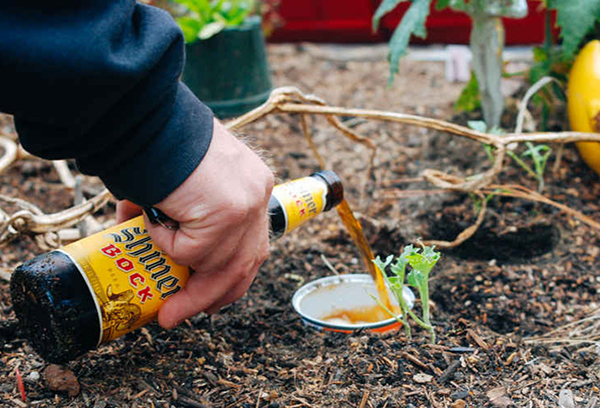
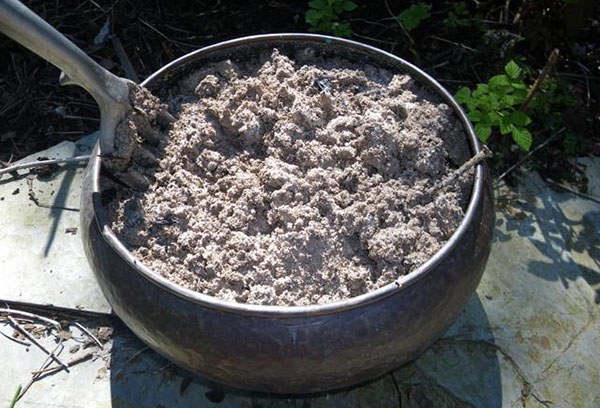
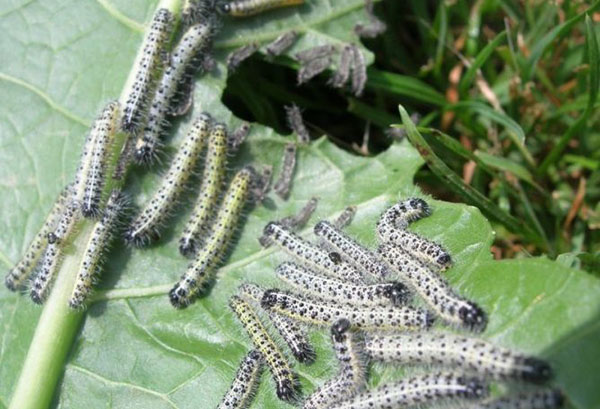
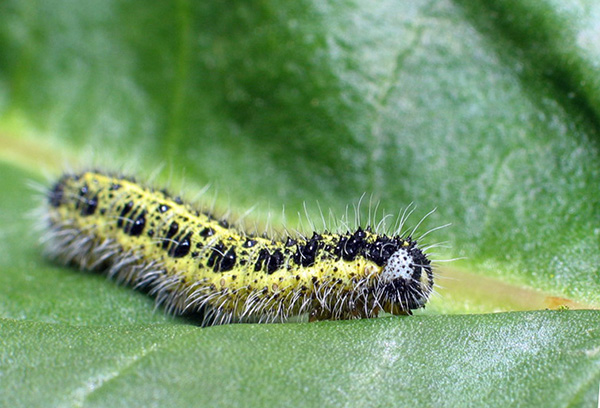
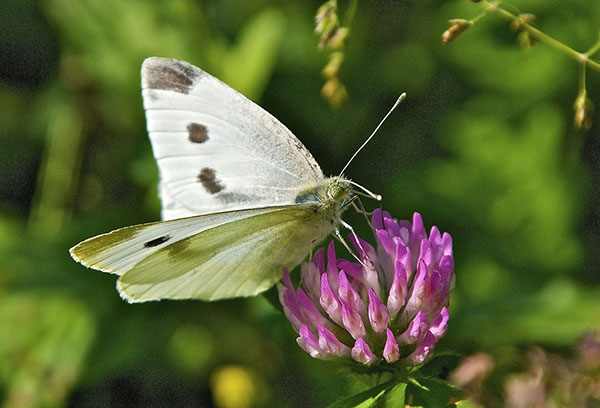
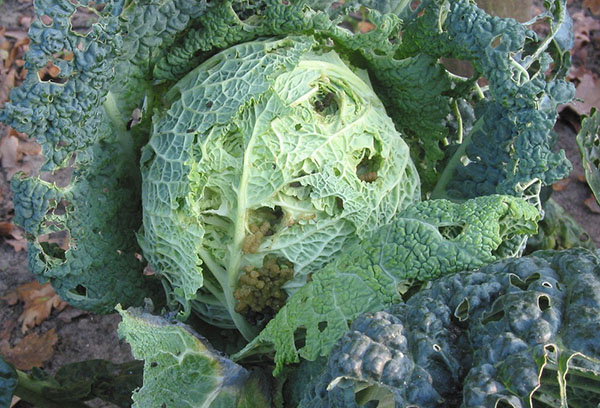
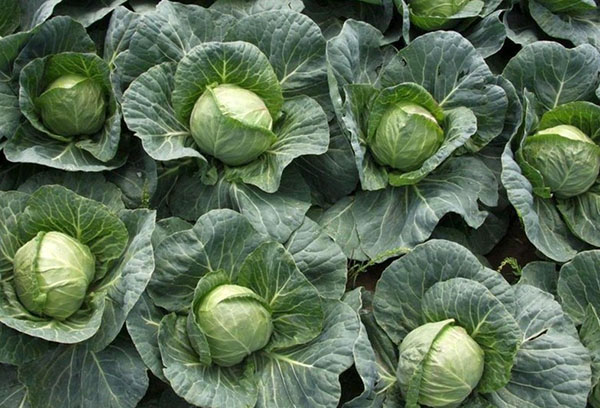
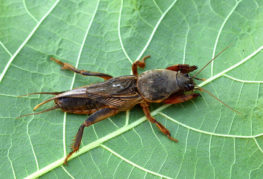
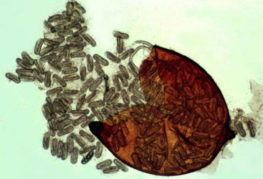
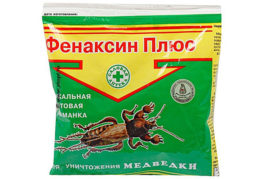
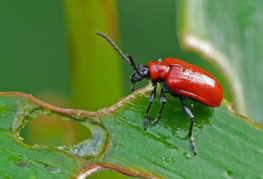
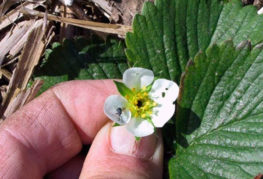
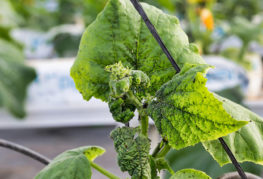
and will be published shortly.